What Is Inbound Marketing?
Inbound marketing is a strategy that focuses on attracting customers by offering them relevant and valuable content throughout their buying journey. The idea is to naturally draw potential customers to your business by creating content that addresses the challenges they face.
Just like this example from Kajabi:
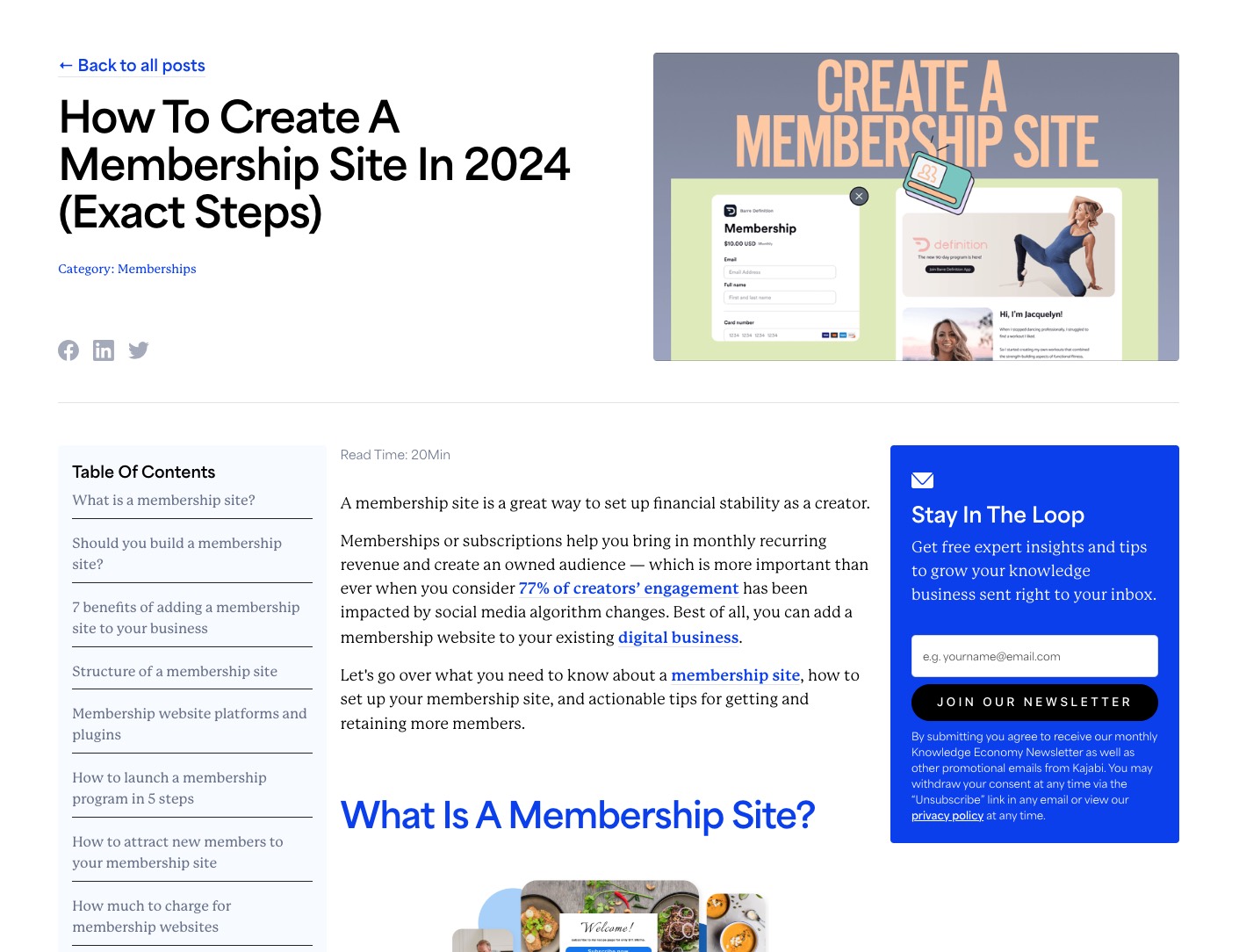
Kajabi promotes its product (a platform to help creators sell digital content) by providing valuable content, like this guide on creating a membership site. This builds trust and credibility. Attracting potential customers and converting them into loyal users.
We’ll show you where to start with creating valuable content later in the article.
The main goal of inbound marketing is to build and maintain strong connections with consumers. And providing value and meeting their needs is what keeps customers coming back and sharing positive things about your business.
Inbound vs. Outbound Marketing
Inbound and outbound marketing represent two different ways to reach potential customers.
Inbound (or “pull”) marketing is all about putting your customers first. It involves creating valuable experiences that benefit both your customers and your business.
Mailchimp offers a great example of inbound marketing. They have lots of useful content on their website related to their customers’ problems. Like blog posts, case studies, and helpful guides on email marketing best practices.
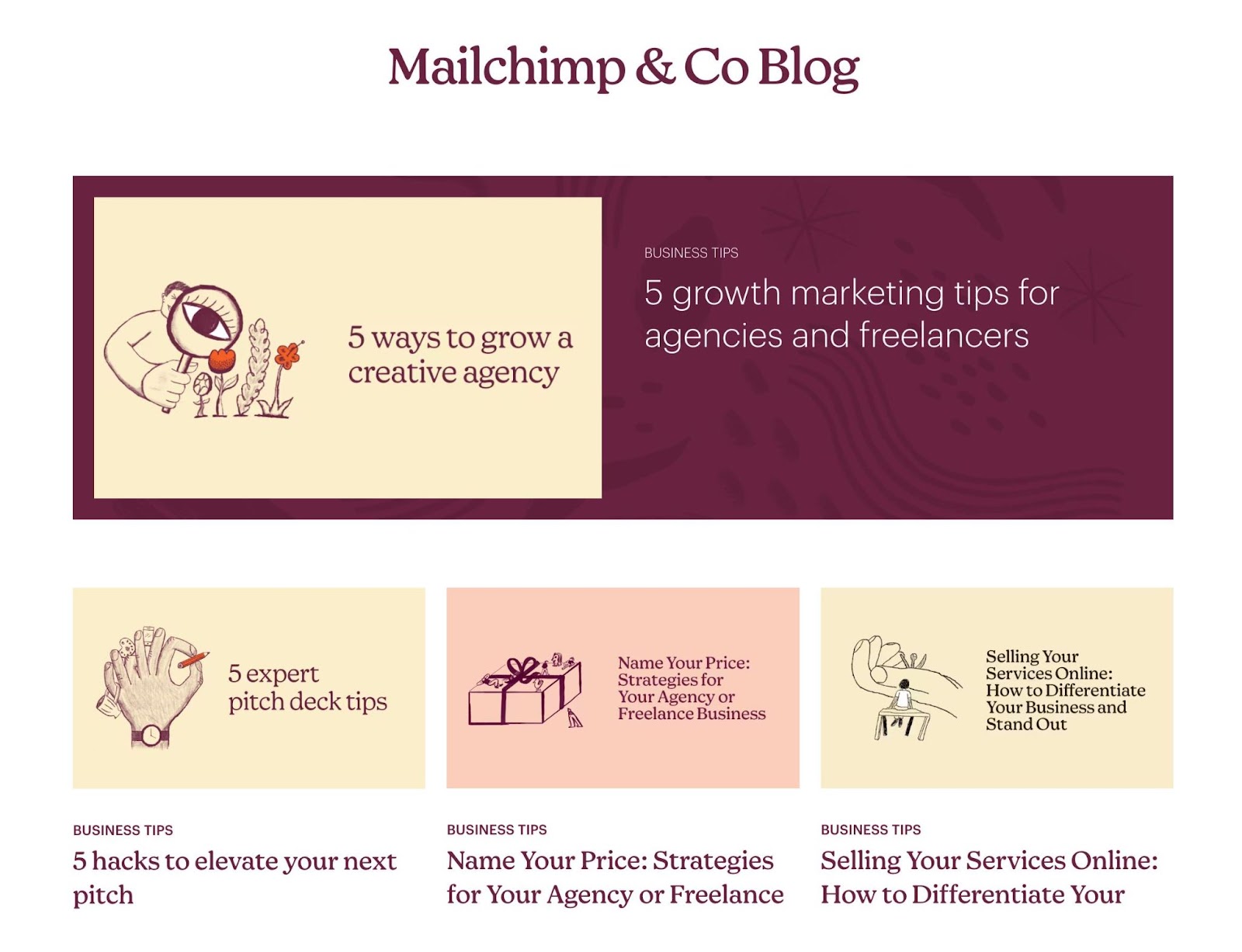
An inbound marketing strategy often includes:
- Blog posts
- Content marketing
- Social media engagement
- Search engine optimization (SEO)
On the flip side, outbound (or “push”) marketing is a more traditional form of marketing. It's when a company starts the conversation and sends its message out to a wide audience.
It's a product-centric approach. Instead of attracting customers with relevant and valuable content, the company goes for a more direct approach and pushes its products or services onto them.
The "Share a Coke" campaign by Coca-Cola is a prime example of a successful outbound marketing initiative. By printing common first names on their bottles and cans, Coke aimed to inspire people to find a personalized beverage and share it with others.

Instead of offering valuable content or solving specific customer problems, this creative strategy simply promoted their product directly. And it worked, increasing Coca-Cola’s US sales for the first time in over a decade.
Some typical outbound marketing tactics include:
- Cold outreach
- Mass email campaigns
- TV, print, and radio ads
Inbound marketing focuses on building brand loyalty and providing value to keep customers coming back. While outbound marketing aims to reach a wide audience quickly for fast sales.
Both approaches have their advantages. And both can be effective depending on your business model, market conditions, and the nature of your product or service.
Combining them can be a powerful strategy. Such as creating inbound content that you promote through outbound marketing.
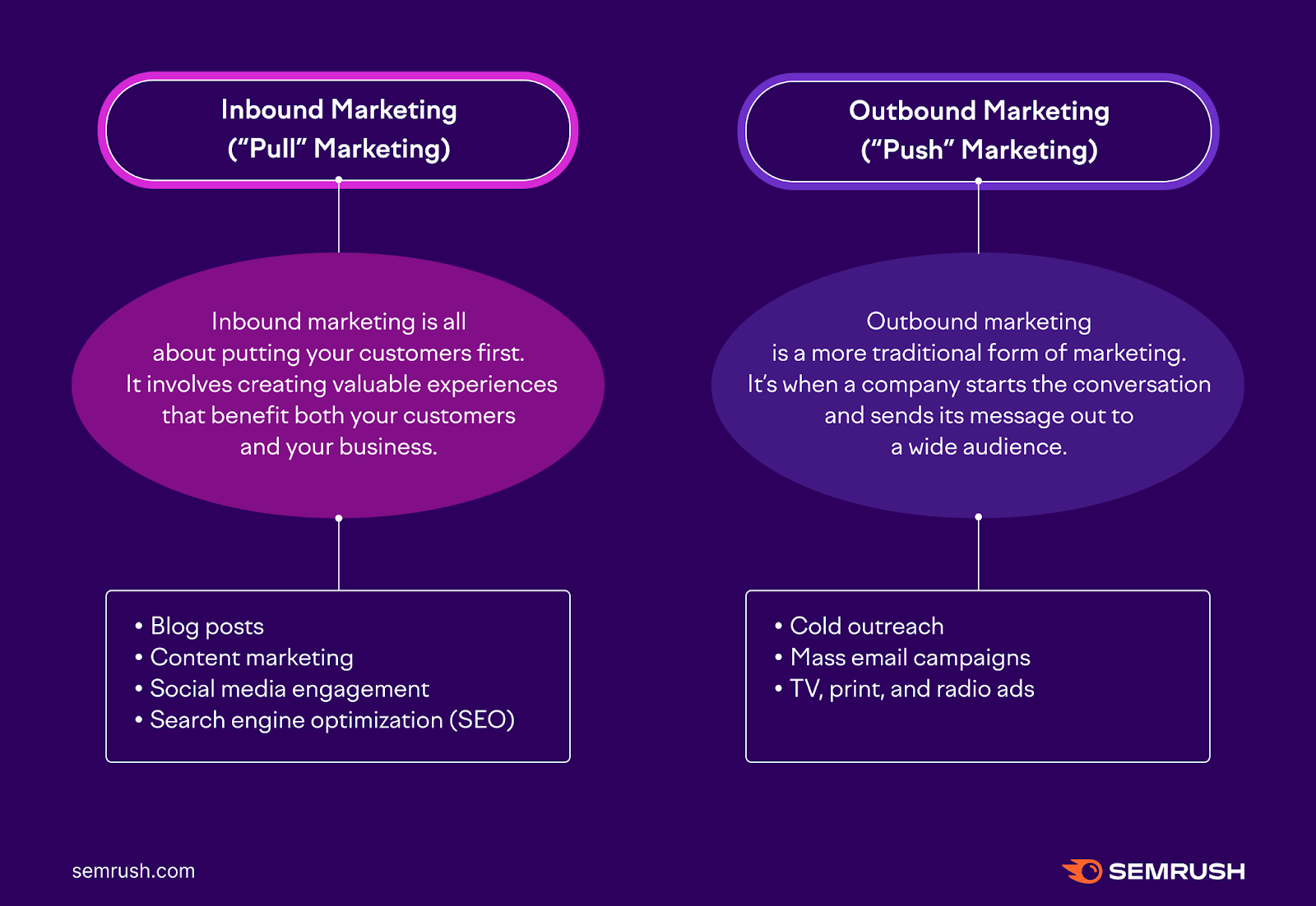
Advantages of Inbound Marketing
Despite its limitations, inbound marketing has become a popular choice among marketers and businesses. And for good reason.
Here are some of the main benefits of an inbound marketing strategy:
- Brand loyalty: By focusing on providing value and solving customer problems, you can create a strong brand that customers will want to come back to.
- Greater potential ROI: With outbound marketing, you typically stop attracting customers when you stop spending money. But with inbound marketing, the content you create has the potential to continue attracting new customers long into the future.
- High conversion potential: You're targeting an audience who's already interested in your product or service. By offering relevant content at the right time, you can nurture leads and convert them into loyal customers.
- Highly measurable: Using inbound marketing tools like Google Analytics, you can track website traffic, content engagement, and conversion rates to measure the success of your inbound efforts. This data helps you make informed decisions and tweak your strategy for better results.
- Cost-effective: Outbound marketing is costly, while inbound marketing offers a less expensive way to create and distribute valuable content. In fact, you can do it for free using in-house expertise and organic social media platforms. This makes inbound marketing highly attractive, especially for startups and small businesses with limited budgets.
Limitations of Inbound Marketing
Although inbound marketing has great potential for attracting and retaining customers, it does come with its share of limitations and challenges.
Here are a few to keep in mind:
- More time and effort required: Creating engaging and valuable blog posts, videos, or ebooks requires talent and time. Plus, content creation is an ongoing journey that requires constant effort to keep it fresh and relevant.
- Long time to see results: Unlike outbound marketing, inbound marketing typically takes time to show results. Because it focuses on building relationships and gradually attracting customers, rather than rapidly increasing sales.
- Increasing competition: As inbound marketing becomes more popular, the number of businesses using it increases. To stand out and attract attention, your content must be exceptional in quality and provide value to your audience.
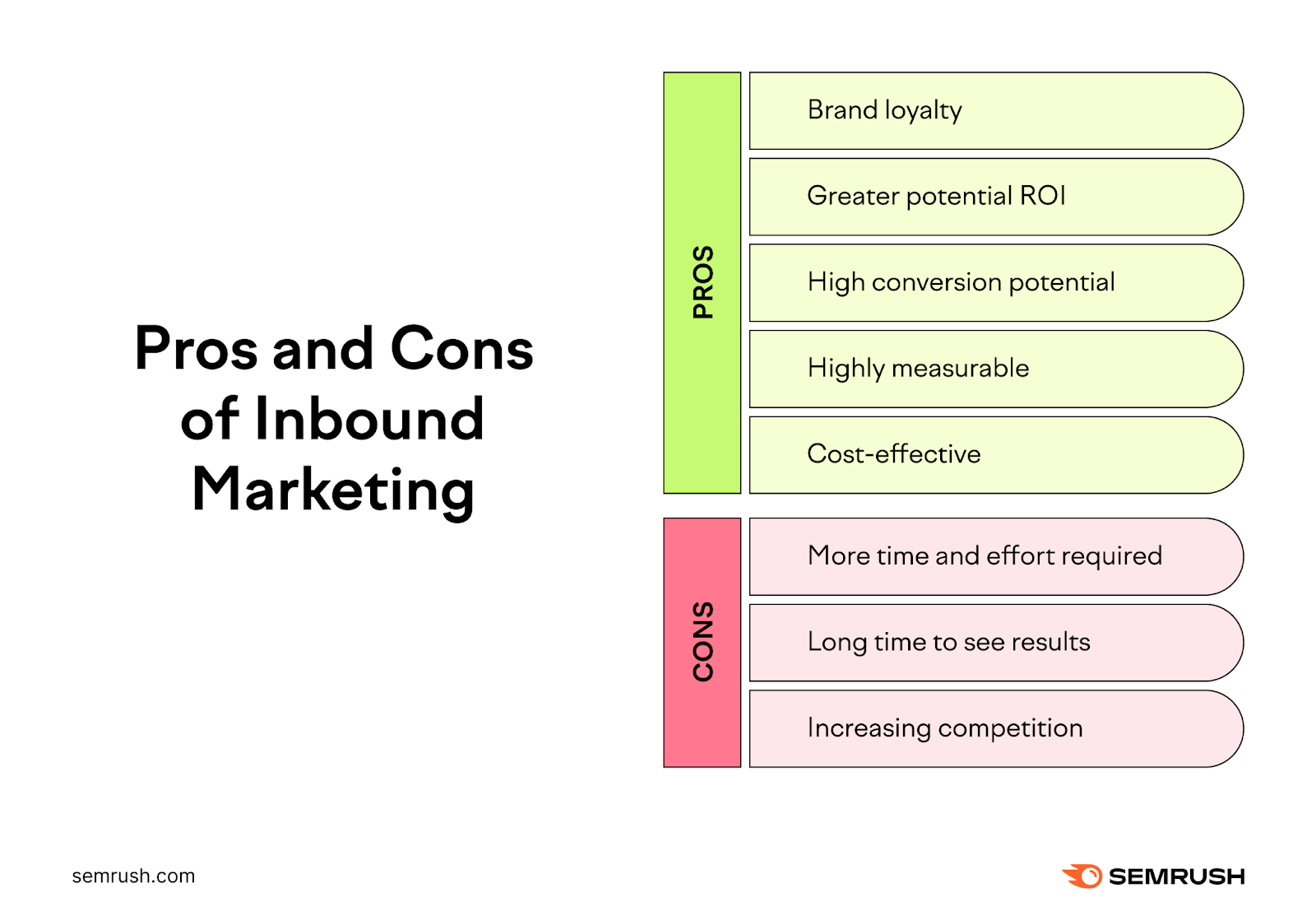
The 4 Stages of Inbound Marketing
Let's explore the four stages of the inbound marketing methodology in detail:
1. Attract: Bring in the Right Audience
The attract stage involves bringing in the right people with valuable content and useful conversations.
It's about establishing yourself as a trusted advisor that people genuinely want to engage with. You're not just attracting any traffic to your site–you want the right kind of traffic. You want the people who are most likely to become leads. And, ultimately, happy customers.
Some examples of inbound marketing tactics at the attract stage include:
- Social media engagement to connect with your audience and share valuable content
- SEO to help your target audience find you when they search for relevant topics, questions, or problems
- Video content on YouTube or other platforms to reach and engage a broader audience
By focusing on providing value and solving problems, you can attract a steady stream of potential customers to your brand.
For example, GoPro excels in the attract stage of inbound marketing by leveraging user-generated content. Their strategy involves encouraging adventurous users to share their experiences with GoPro cameras on social media. Showcasing adrenaline-pumping adventures and beautiful sceneries.
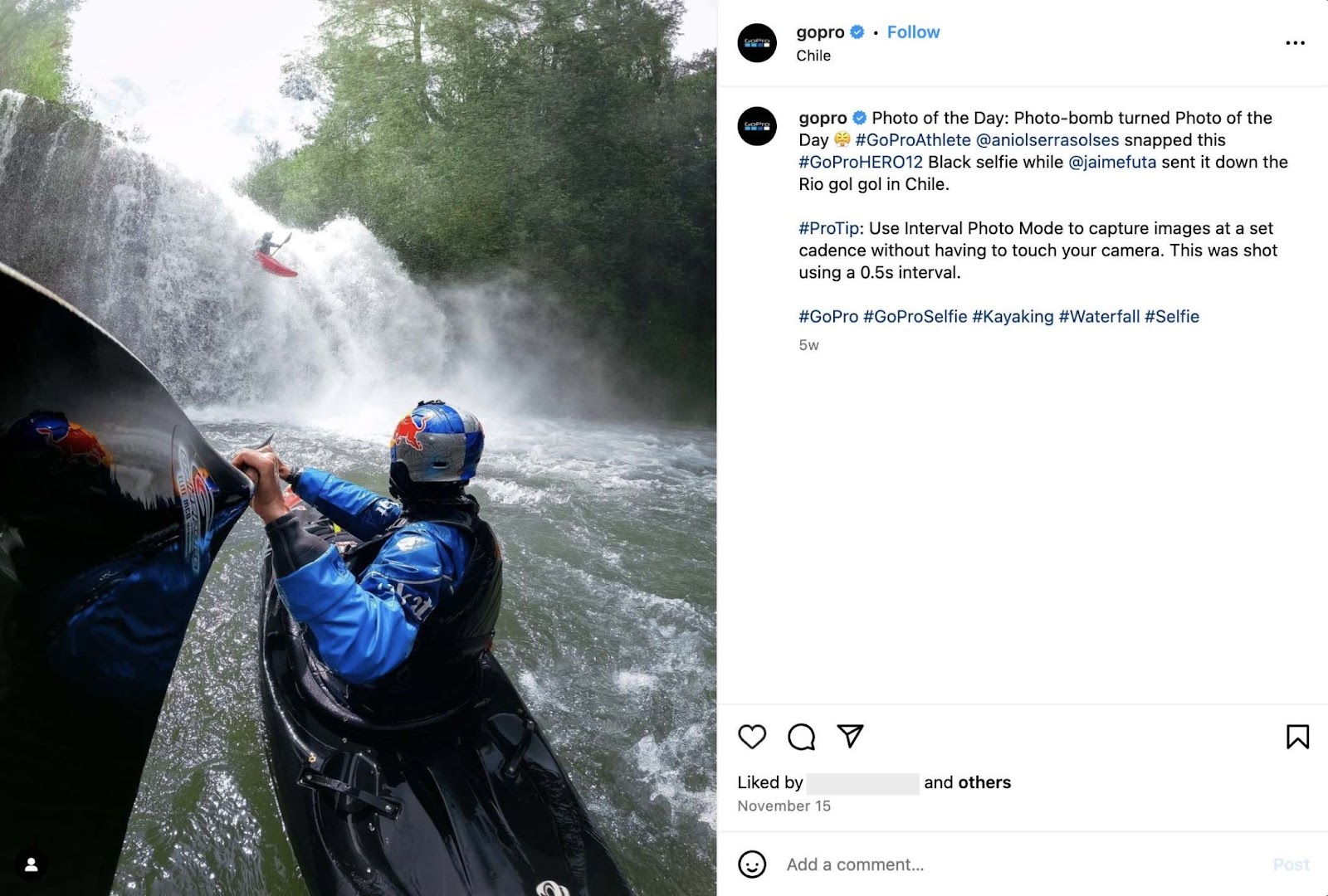
This approach not only provides real-life testimonials from people using their product. But it also builds a loyal community of followers. And it attracts potential customers inspired by the captivating content.
However:
To make this happen, you must create compelling and valuable content that caters to your target audience's pain points.
So, how would you do that?
Let's say you have a business consultancy website that focuses on inbound marketing strategies and you want to write engaging content for it.
Go to the Semrush Topic Research tool and enter your topic of interest in the search bar. In this case, we'll type "commercial due diligence."
Then, choose your target location and click on "Get content ideas."
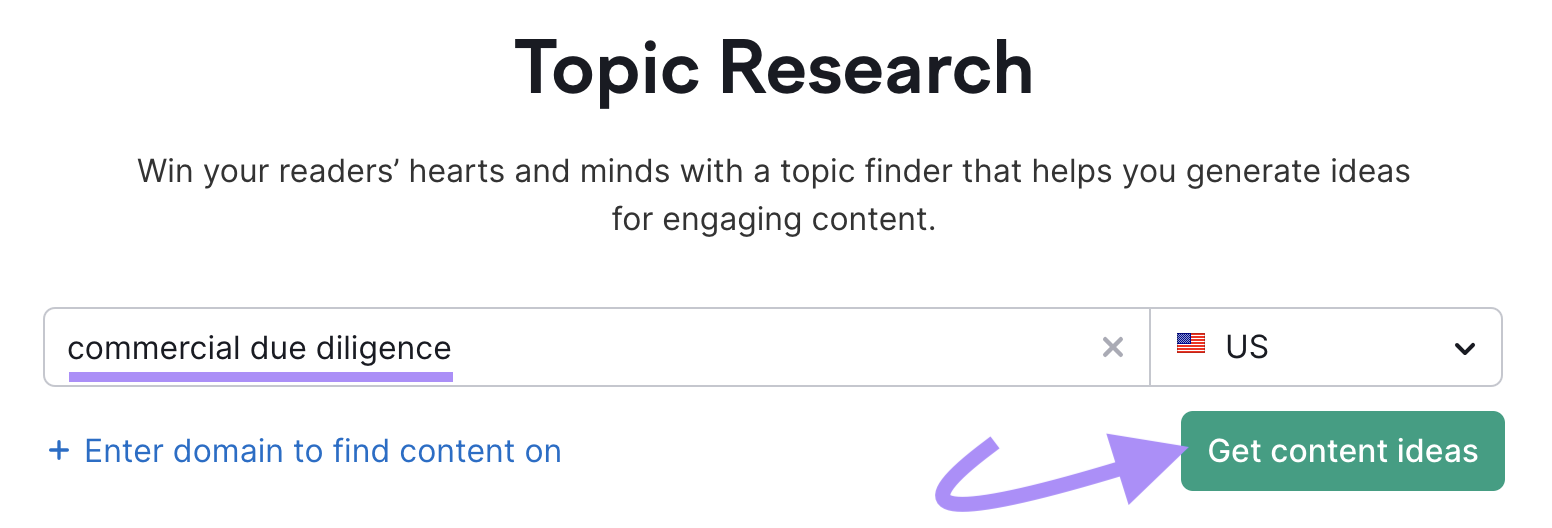
The tool will generate a list of related subtopics, questions, and headlines based on what's trending and what users are searching for:
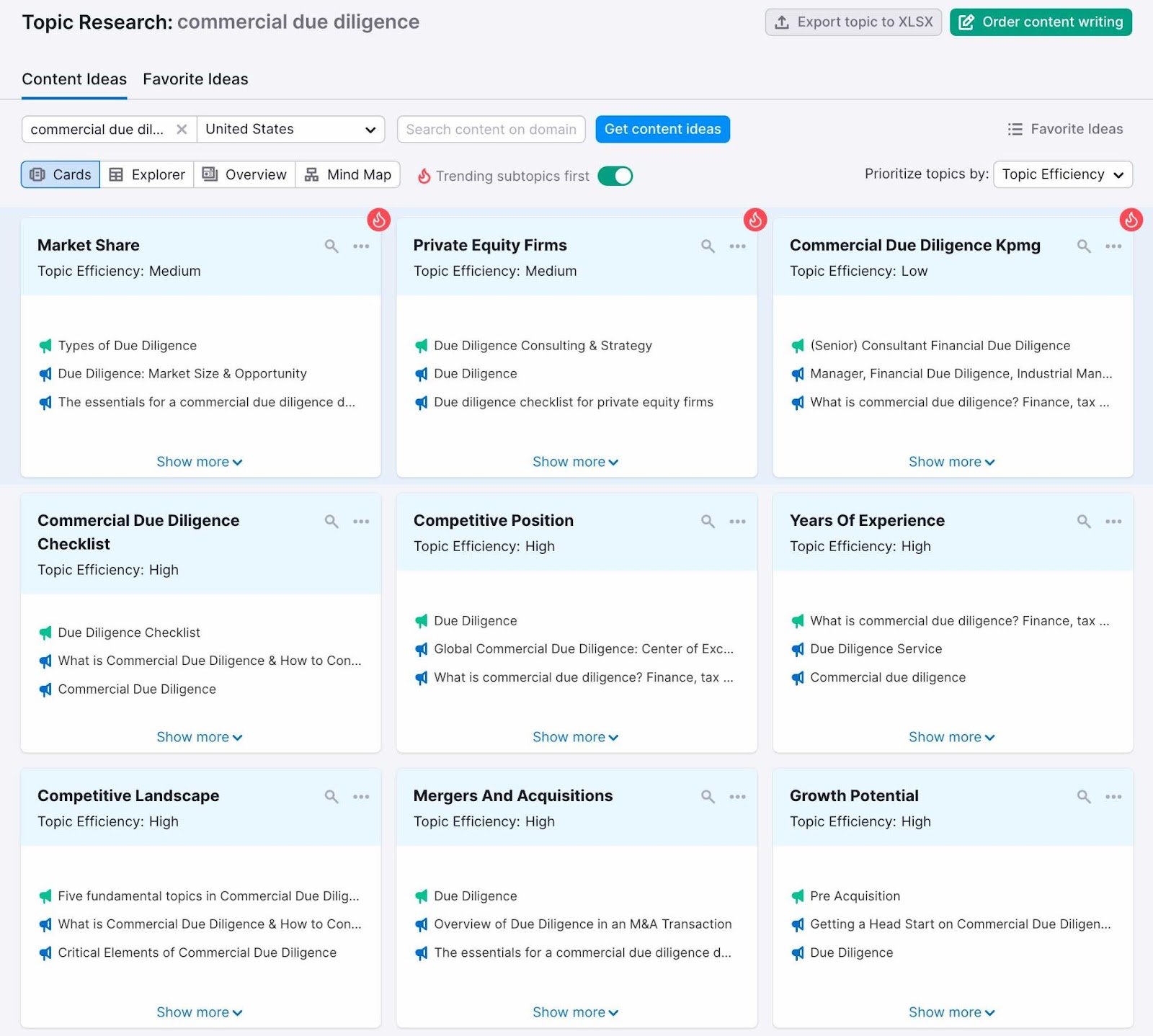
Explore each tab. The "Cards" tab will show popular subtopics. Each card represents a specific topic within your main theme:
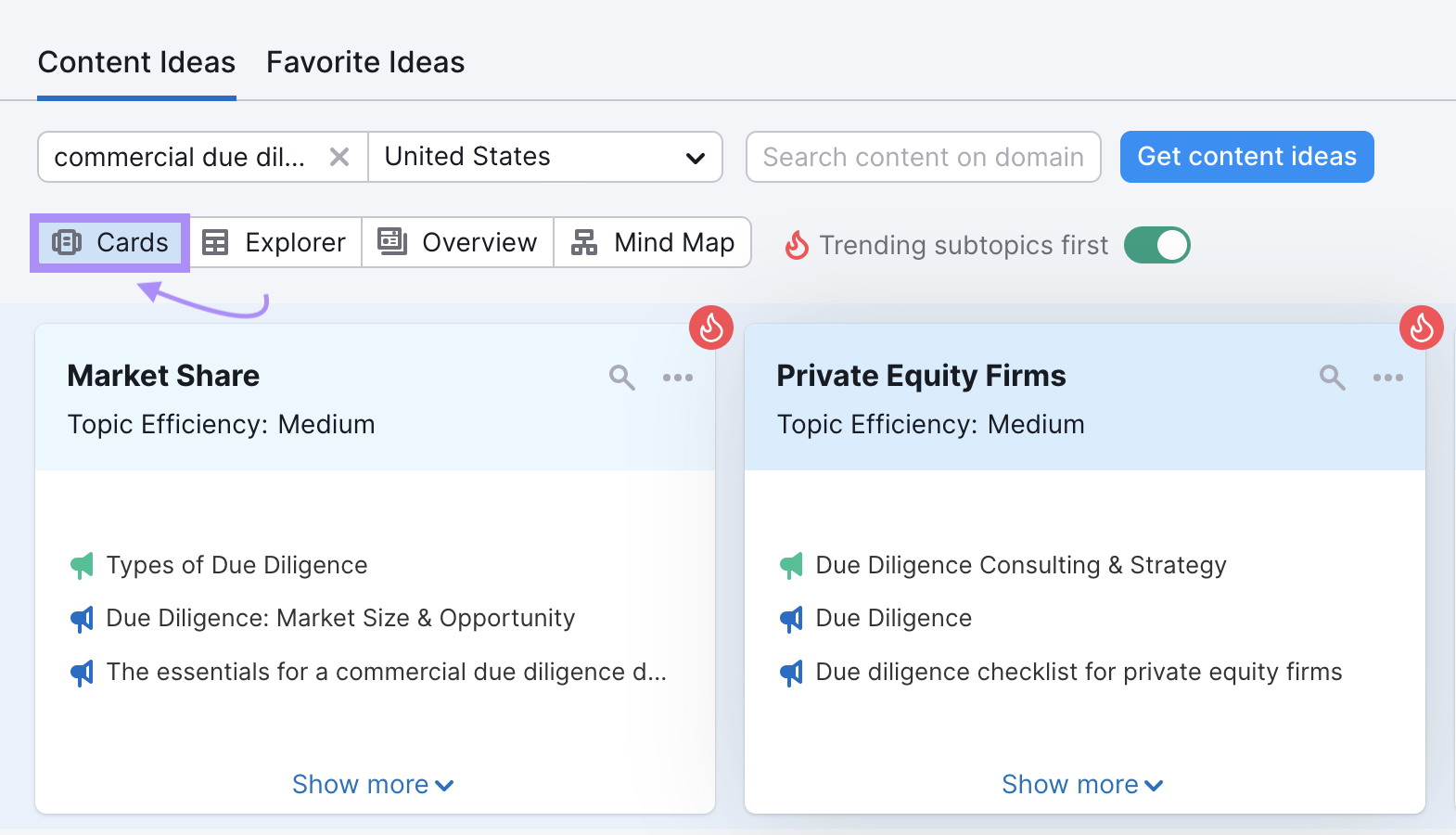
You can click on a card to see more details including the most popular headlines and questions asked around that topic:
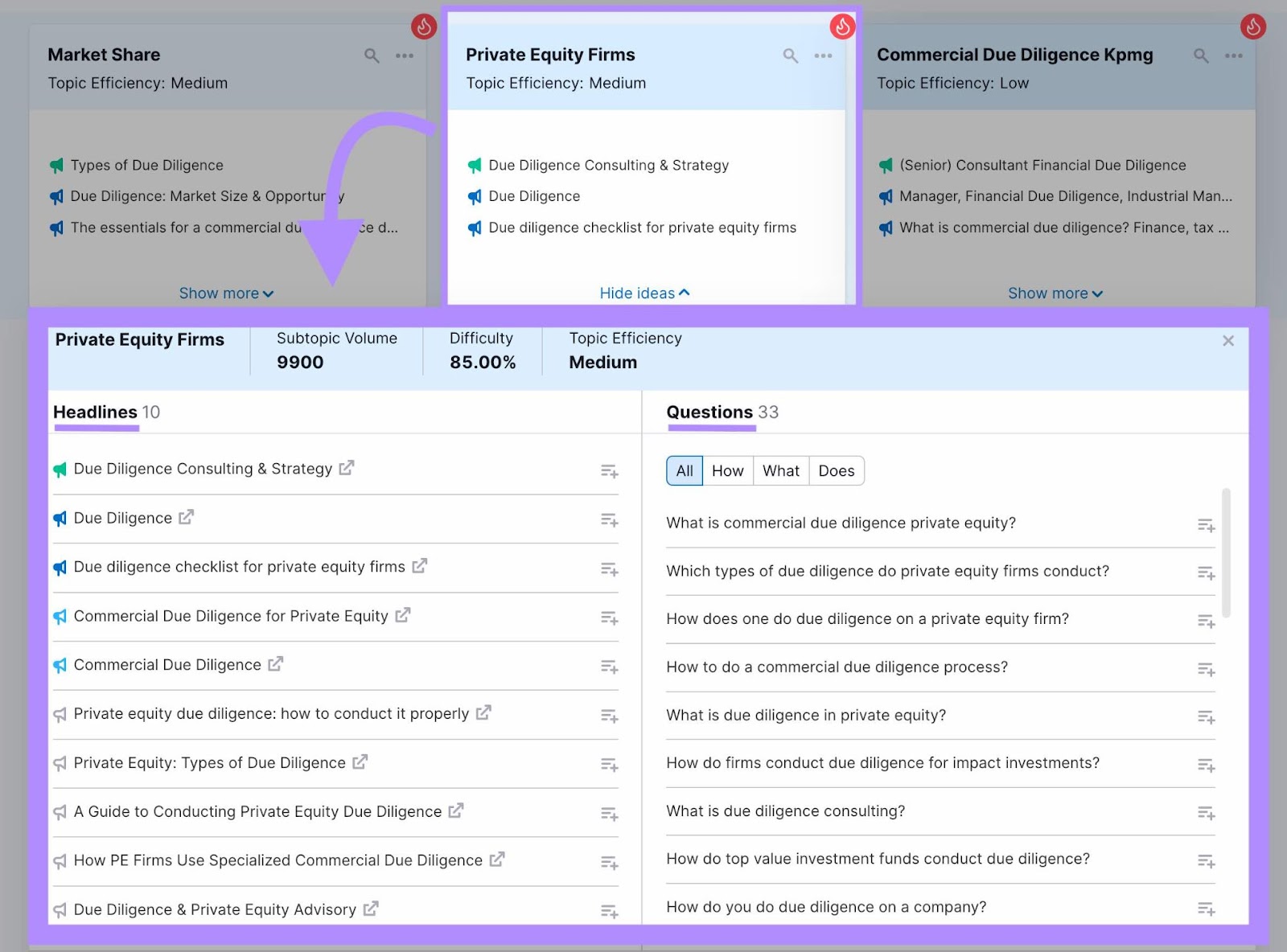
This can help you create content that addresses these issues or questions.
You can also use the "Overview” tab to find the 10 interesting questions.
Or top 10 headlines by backlinks:
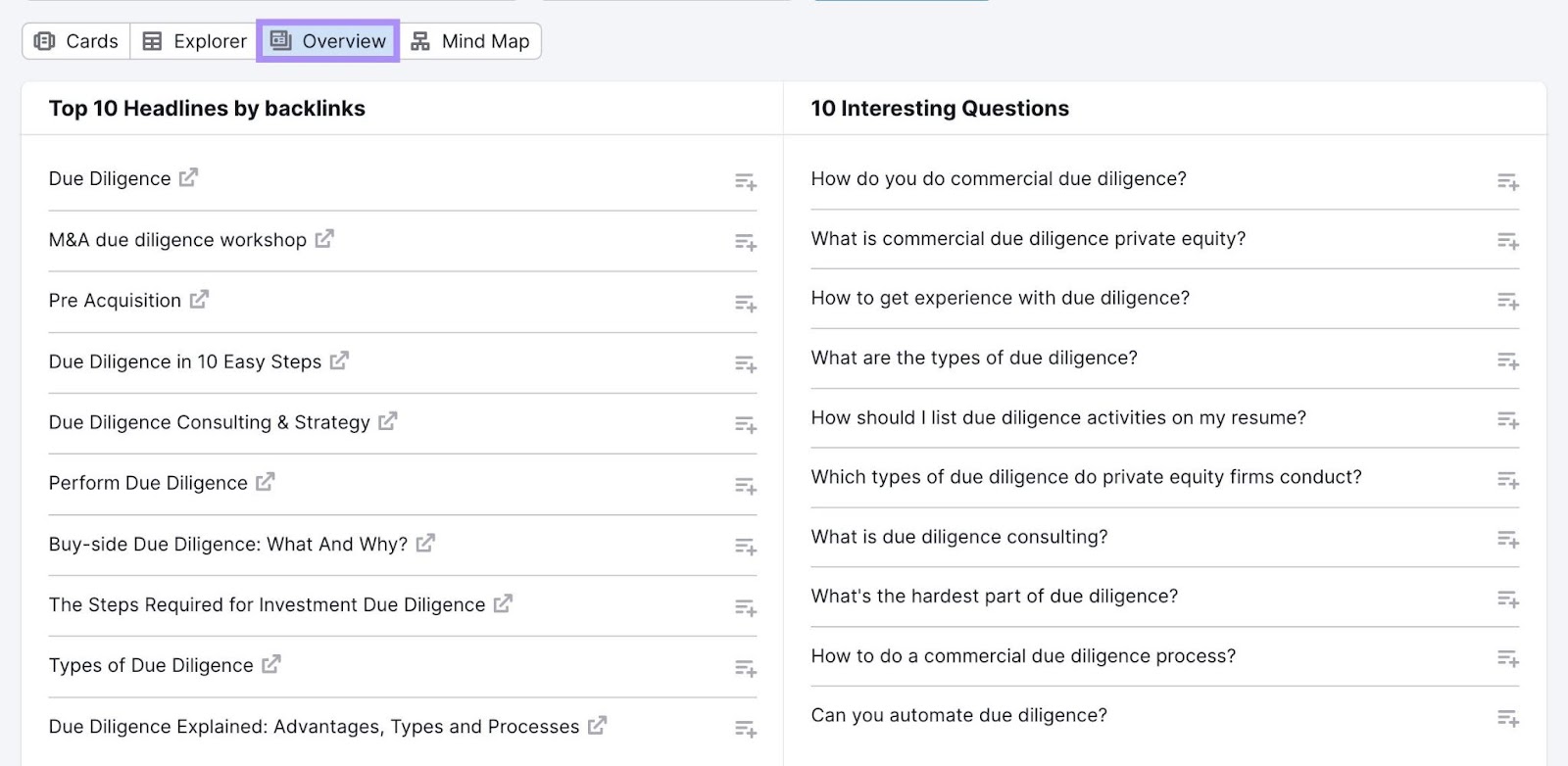
Backlinks are crucial because they can indicate a webpage's popularity and authority. Getting more high-quality backlinks can increase the chances of your content ranking well in search results.
By analyzing the top headlines by backlinks, you can identify influential and widely shared content in a specific topic or industry.
Using this tool can help you brainstorm useful content ideas that'll grab your target audience's attention. (You can also repurpose these content ideas for your social media, podcast, etc.)
Once you've pinpointed some possible subtopics, you can easily find specific keywords to target using the Keyword Magic tool.
Just go to the tool and enter one of your identified subtopics into the search bar (e.g., "private equity firms").
Then choose a location, and click “Search.”

The tool will then generate a list of related keywords. Including their search volume, keyword difficulty, and cost per click (CPC):
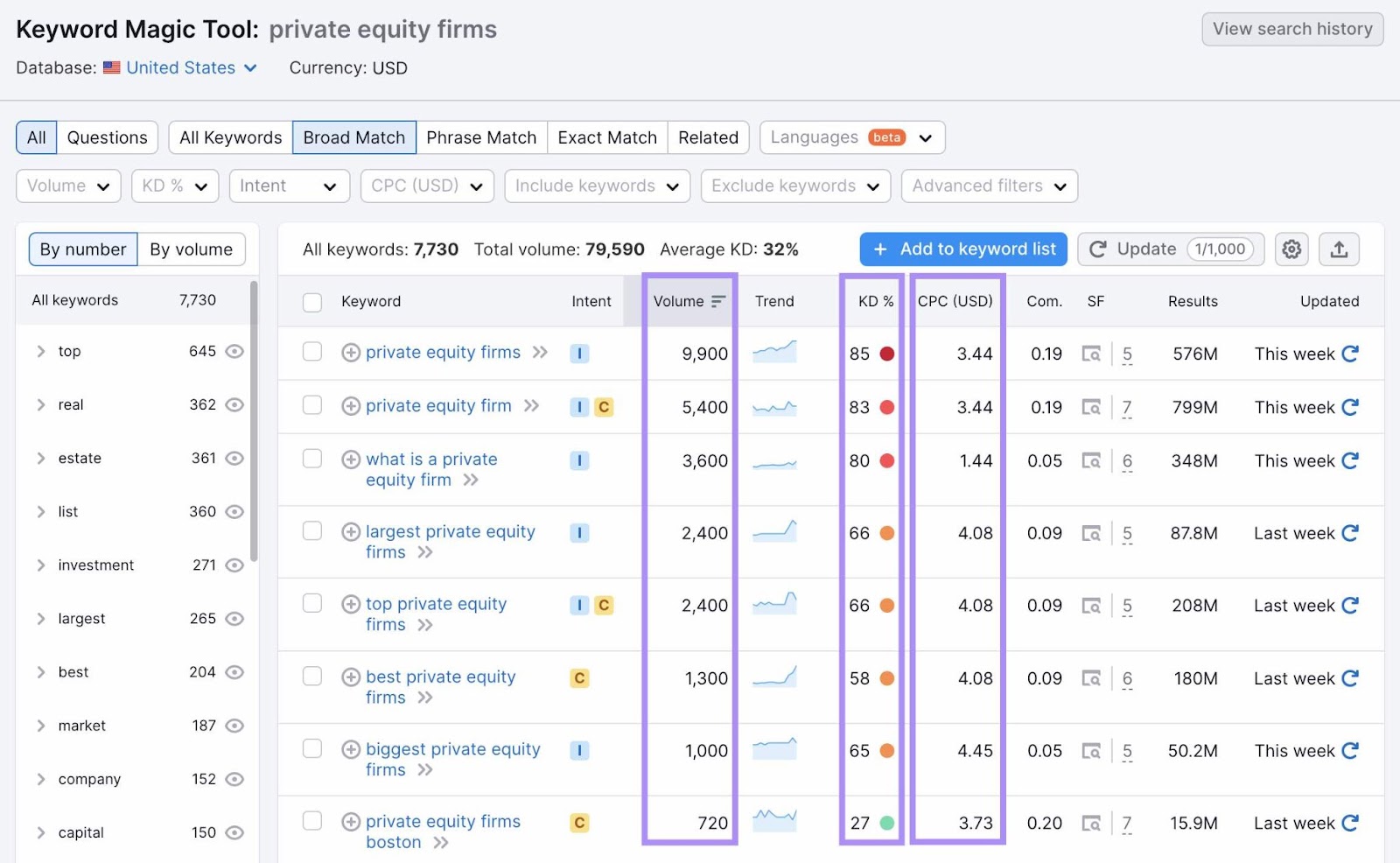
You can easily filter these keywords using different parameters. For example, search volume, keyword difficulty, competitive density, and search engine results page (SERP) features.

Keep an eye out for keywords that have a high search volume and low difficulty score. They usually offer the best chances for success.
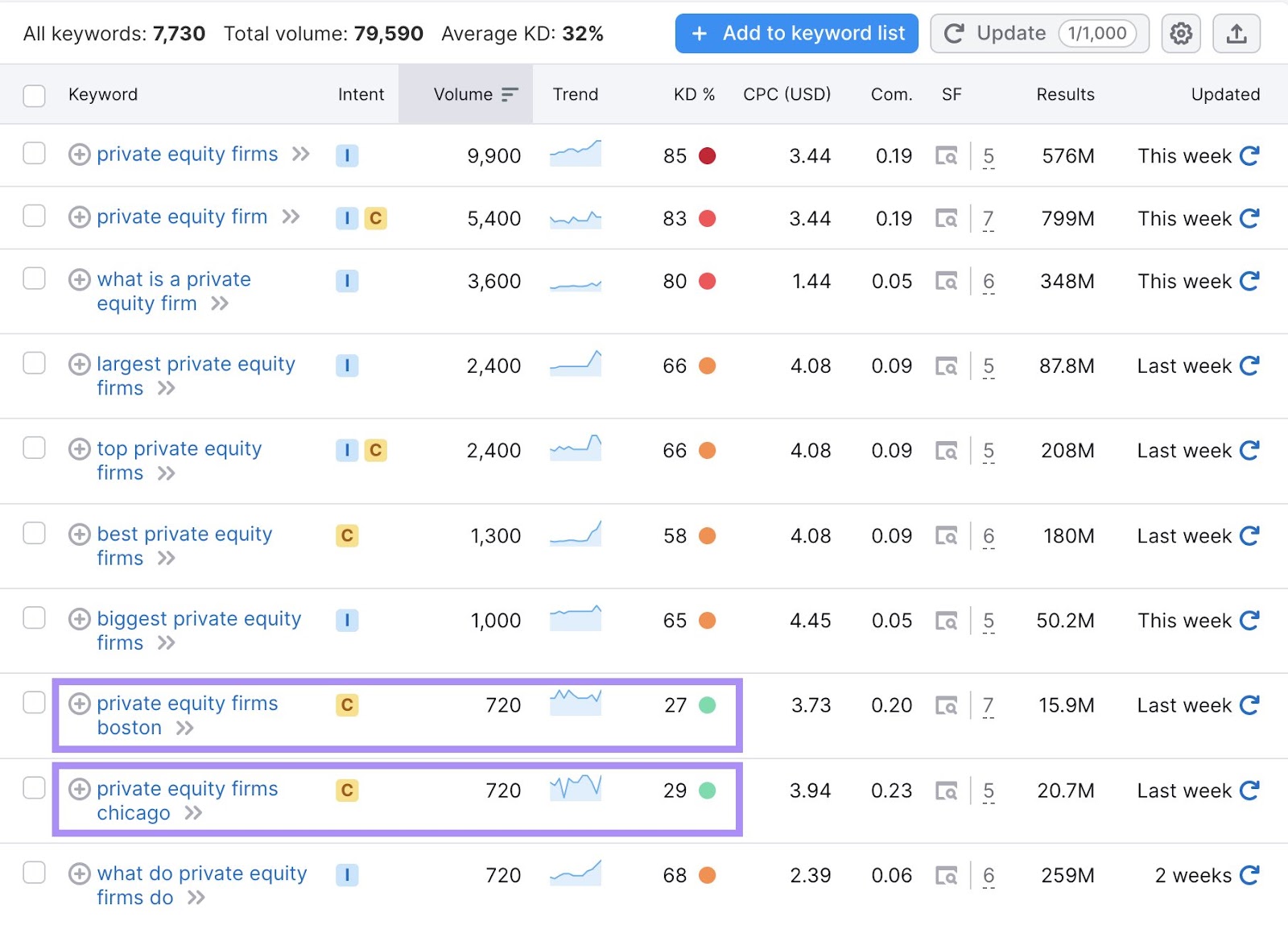
You can also explore the "Questions" tab to find popular questions that people are asking about your chosen subtopic.
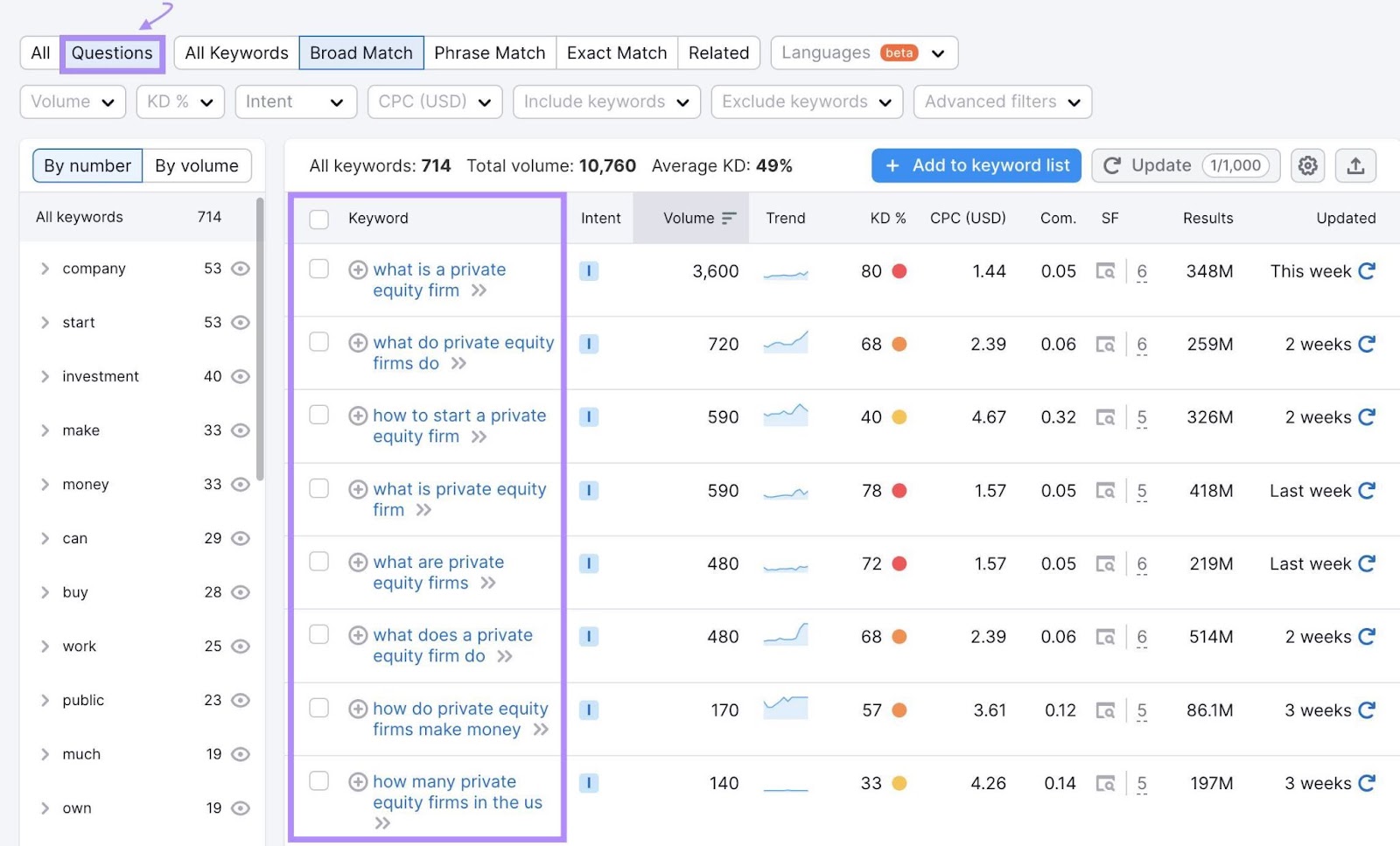
Once you've spotted some promising keywords, just click on the "Export" button to grab those keywords and their metrics.
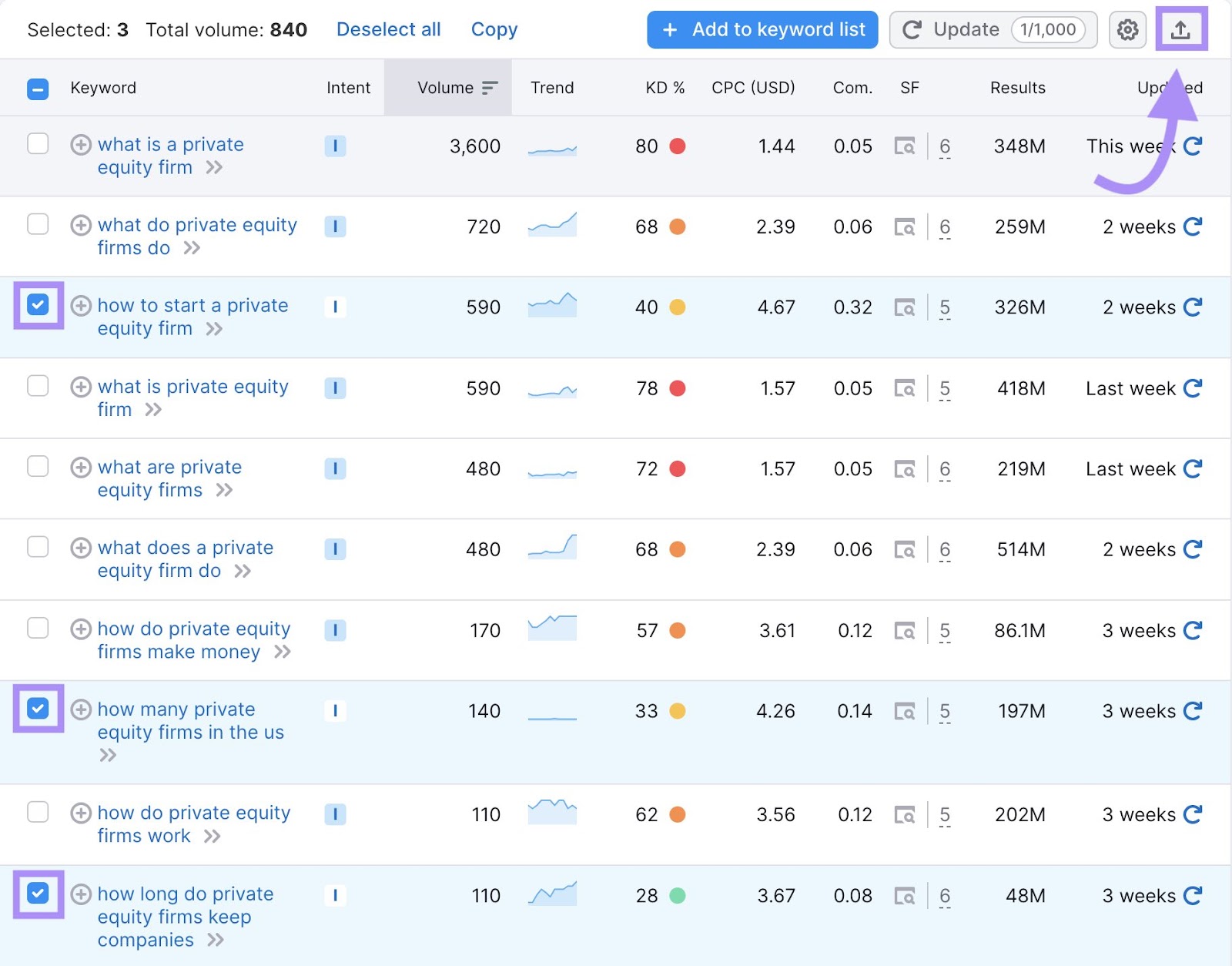
With these steps, you've got a list of popular subtopics and specific keywords related to your main topic. You can now create engaging, SEO-friendly content that addresses popular questions and topics in your field. With the goal of attracting potential customers to your website.
2. Engage: Nurture Relationships with Them
Once you've attracted potential customers, the next step is to engage with them.
In this stage, you're presenting them with insights and solutions that align with their pain points and goals. Effectively turning them into leads. That's why this stage is sometimes referred to as "Convert" (although the next stage, close, could also be referred to as converting too). This increases the likelihood of them buying from you.
Some common inbound marketing tactics at this stage include:
- Offering gated content (like ebooks or webinars) in exchange for contact information, allowing you to continue nurturing leads and moving them toward a buying decision
- Personalizing email campaigns to nurture your leads (e.g., offering tailored solutions based on customer interests and past interactions)
- Using chatbots to interact with website visitors and answer their questions in real time
- Engaging with followers on social media and joining relevant conversations to build relationships and establish trust
For example, Airbnb uses the engage stage of inbound marketing by sending personalized emails to potential customers based on their browsing history and interests.
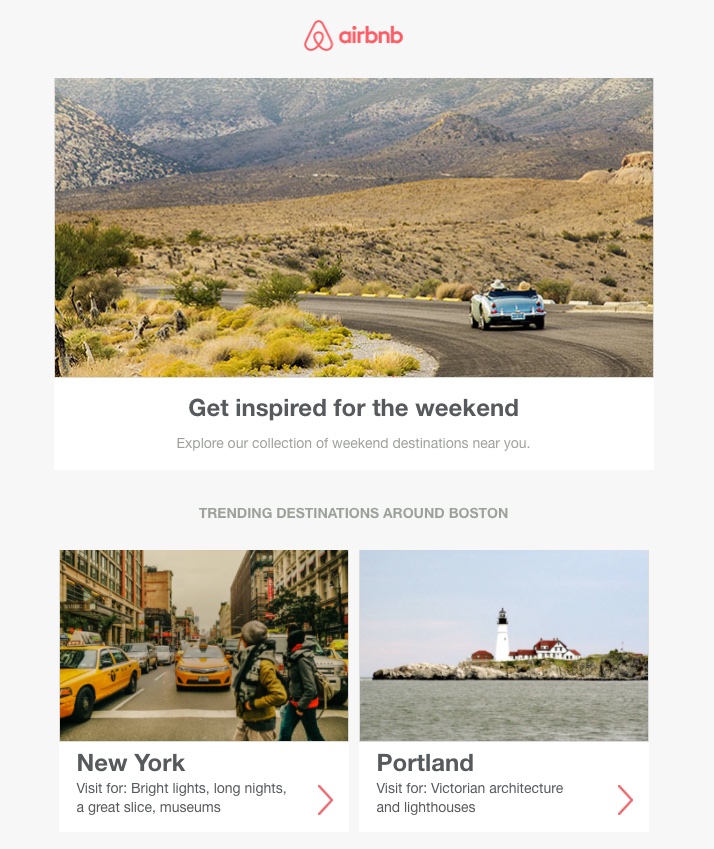
By offering relevant suggestions and promotions, Airbnb can keep leads engaged and interested in booking a stay. This helps them move toward conversions while also building brand loyalty.
3. Close: Make Them Buy
Once you've engaged with leads and nurtured relationships, the next step is to close the deal (i.e., convert them into a customer).
This means convincing leads that your product or service is the best choice for solving their problems or meeting their needs.
Some effective inbound marketing tactics at this stage are:
- Providing social proof through customer testimonials, case studies, and reviews
- Offering limited-time discounts or promotions to encourage purchasing decisions
- Using targeted email campaigns and retargeting ads to remind leads about their interest in your product or service
- Providing personalized solutions and support throughout the buying process to make it as smooth as possible for the customer
A great example of how to approach the close stage comes from Gymshark.
To close sales, Gymshark uses tactics like offering limited-time promos and showing off lots of social proof through customer testimonials and reviews. Their customer service also plays a big role in making the buying process smooth by providing quick and personalized solutions.
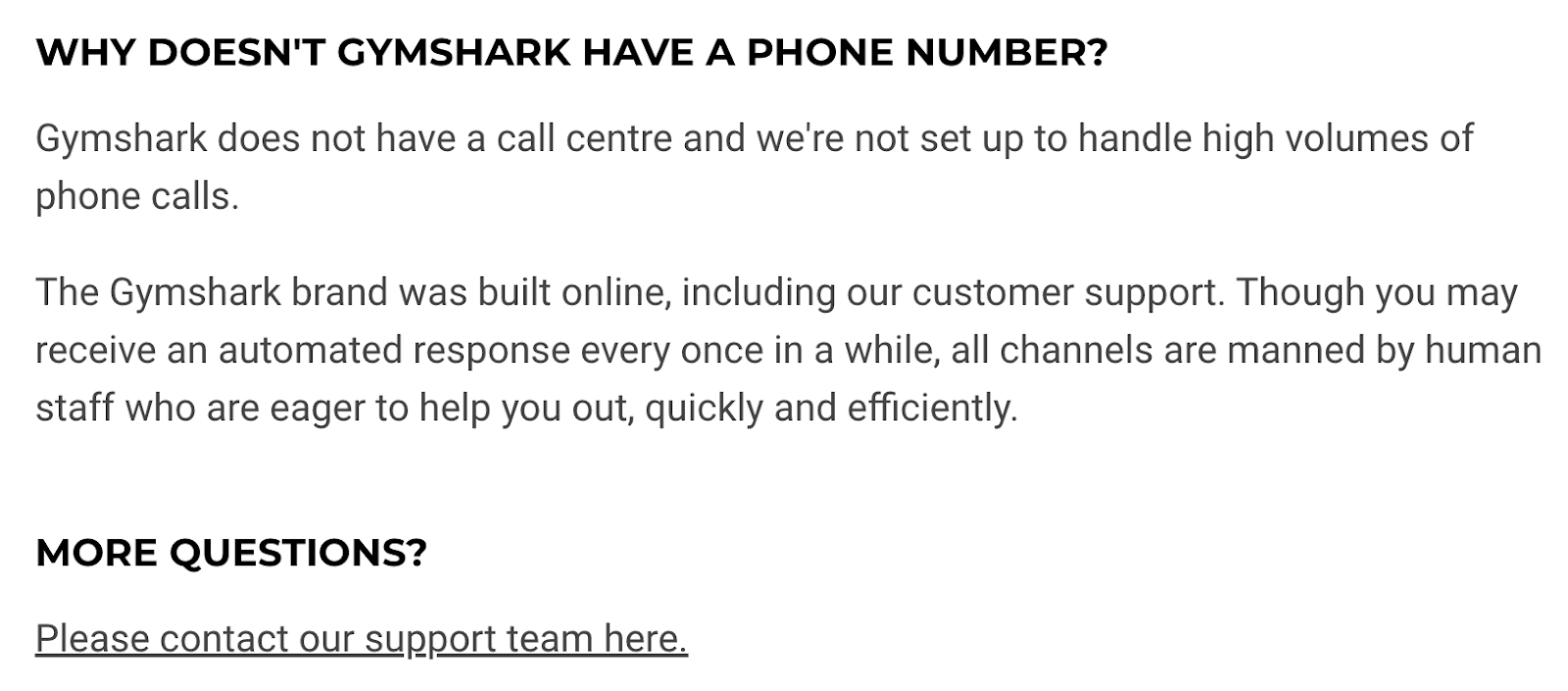
By doing this, they create a seamless buying experience. This shows the importance of prioritizing customer satisfaction to drive sales and build a successful brand.
4. Delight: Keep Them Happy
The delight stage ensures customers are happy even after they've made a purchase. By continuing to engage, support, and empower each customer, you create a valuable inbound experience for them.
That leads to customer satisfaction, loyalty, and even advocacy.
Some examples of inbound marketing tactics at the delight stage include:
- Providing excellent customer service through quick response times and personalized support
- Offering exclusive deals and promotions to loyal customers
- Encouraging customers to leave reviews or share their experiences on social media
- Sending out surveys or feedback forms to gather insights and improve the customer experience
Amazon Prime, for instance, offers exclusive deals and releases early access to certain products for its members. Delighting customers and encouraging loyalty post-purchase.
This creates a self-sustaining cycle of inbound marketing success.
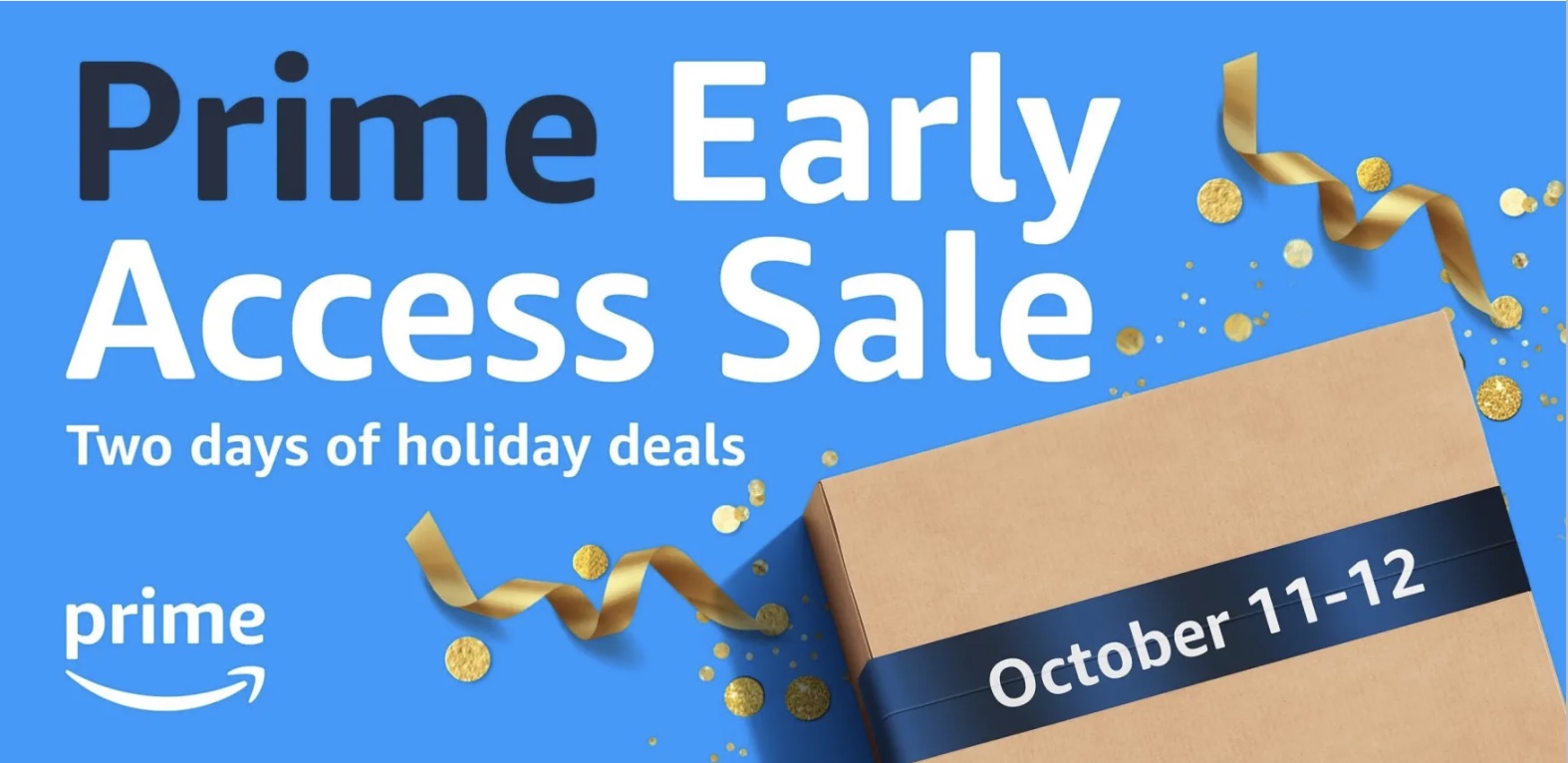
How to Measure Inbound Marketing Performance
To make sure your inbound marketing is a success, you must measure how well it's working at every stage.
Here are a few metrics you should consider tracking:
- Website traffic: You can use tools like Google Analytics to track website visits and which sources they're coming from (like organic search or social media). Increased website traffic over time can signify that you’re creating helpful content.
- Bounce rate: This shows the percentage of visitors who leave your website after viewing only one page. While not always the case, a high bounce rate can indicate irrelevant or low-quality content.
- Conversion rates: Measure the percentage of visitors who do what you want them to do. Like signing up for a newsletter or making a purchase.
- Social media engagement: Track likes, shares, and comments to see how people are reacting to your content on social media. These insights can inform your social media marketing strategy.
- Customer retention rate: The percentage of customers you keep over time can tell you a lot about how well you are “delighting” them after they make a purchase.
- SEO rankings: Use SEO tools to measure how well your content ranks in search results. Higher rankings can lead to increased visibility and traffic.
- Sales and revenue: Most importantly for many businesses, you can gauge the success of your inbound marketing by how much it boosts your sales and revenue.
By keeping tabs on these metrics, you can get a good sense of how effective your inbound marketing strategy is. And make any necessary tweaks for ongoing success.
So, let's say you want to track your website's ranking for specific keywords. This can show you how well you’re attracting potential customers.
You can use tools like Organic Traffic Insights to monitor your search performance over time.
Here's how you can do this:
Firstly, open the tool and add your domain as a new project. If it’s your first time, you’ll then click the “Get Insights” button.

If you already have an existing project, you’ll instead click the "Add new project" button in the top right corner of the screen:

Then, configure the tool (you can connect your Google Analytics and Google Search Console accounts).
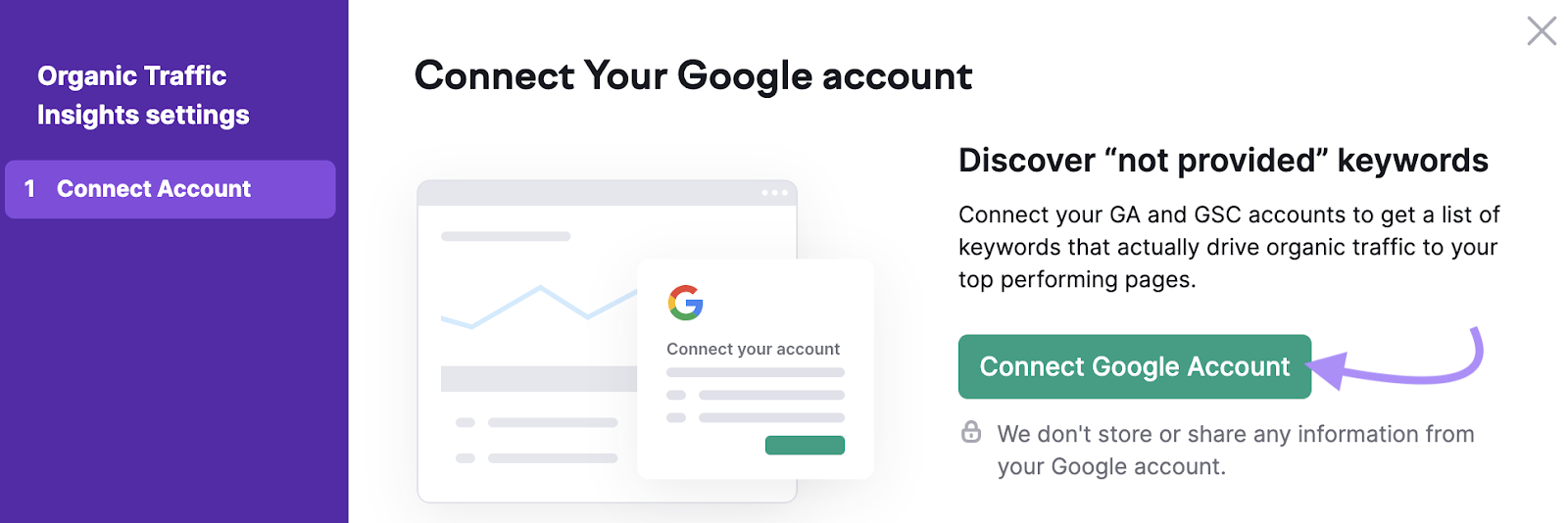
After the setup, you'll get a report with your organic search traffic and your domain's top landing pages. Look at the "Keywords" section next to each page to view the keywords that are attracting organic traffic to that particular page.
You can choose between Semrush and Google Search Console ("GSC"). Click on one of these numbers.
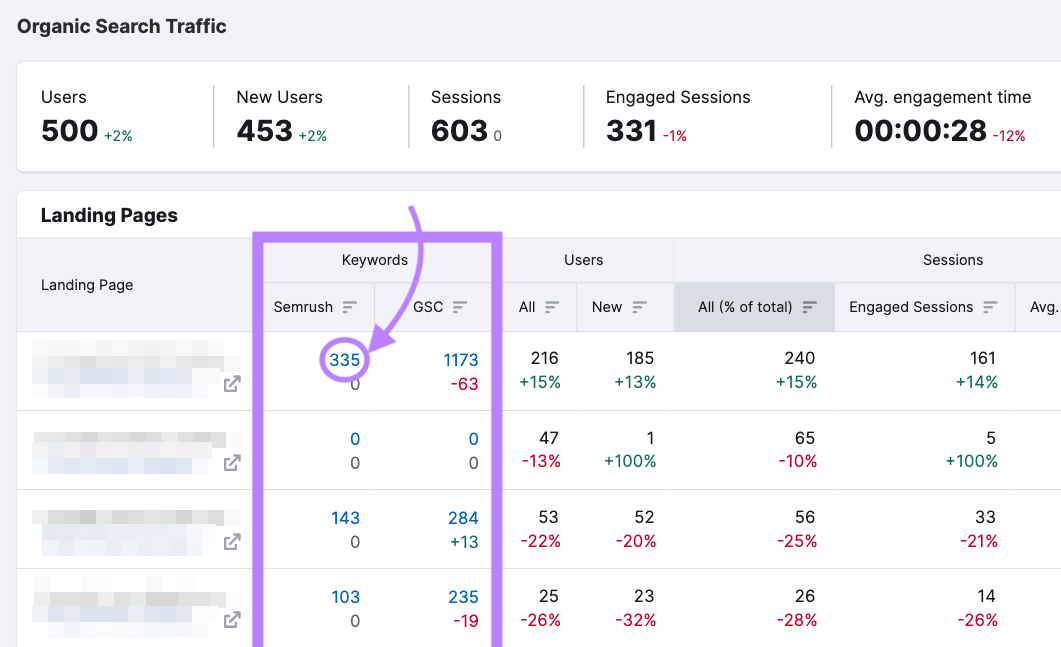
After clicking, you'll see a list of all the keywords your landing page is ranking for, along with metrics like their ranking positions and traffic (or clicks in GSC).
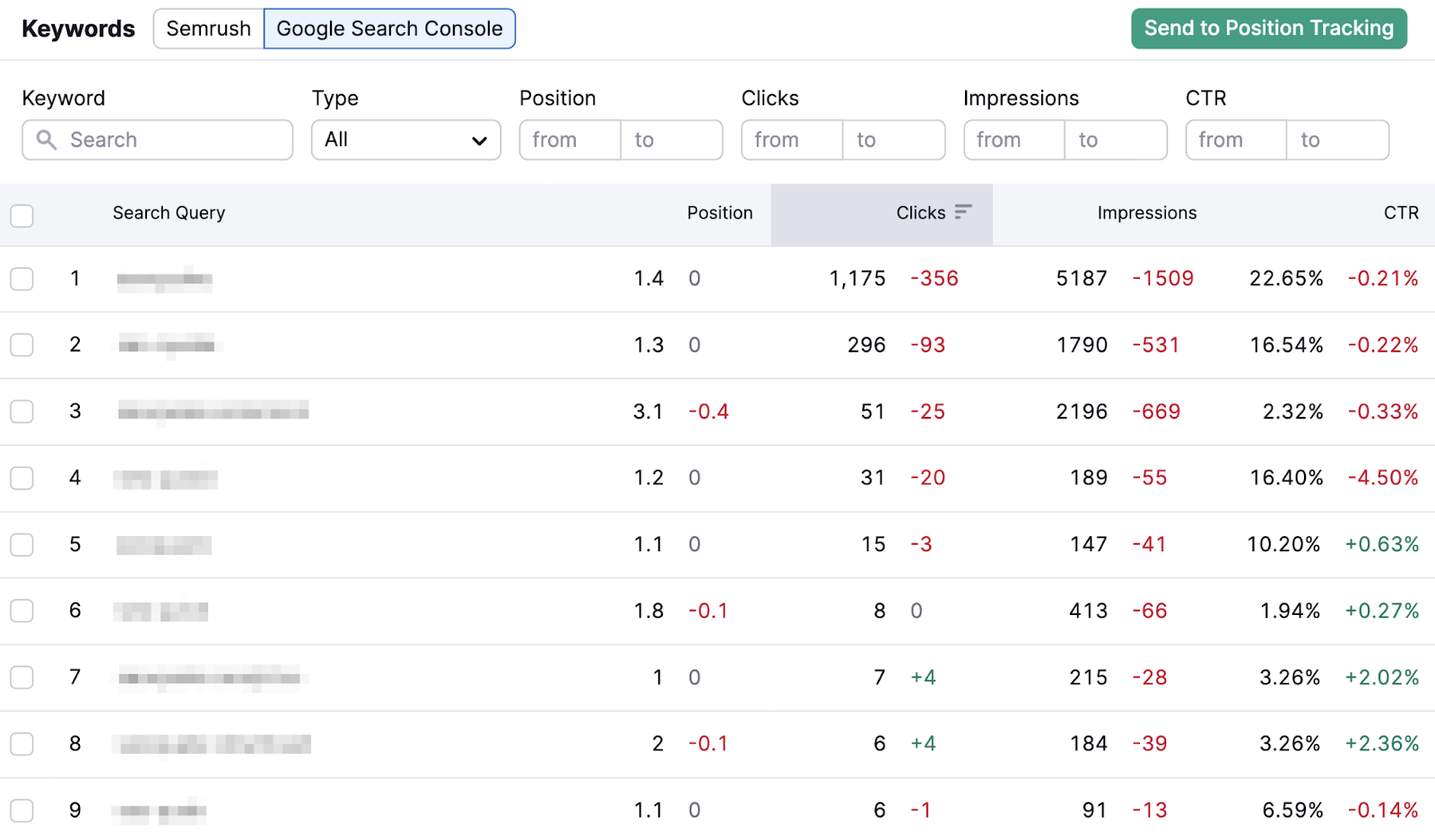
You might even uncover new keywords you weren't aware of. You can then optimize the landing page for these keywords.
By tracking and analyzing your organic search performance, you can determine which keywords drive the most traffic to your website. This allows you to optimize your content and SEO strategy to further enhance your inbound marketing efforts.
Put These Inbound Marketing Principles Into Action with Semrush
In a world where customers are looking for personalized experiences more than ever, inbound marketing provides a great way to attract, convert, and delight customers to keep them coming back.
With a range of powerful tools at your disposal, you can supercharge your inbound marketing strategy and take your performance to the next level with Semrush.
You can check these tools out now with a free Semrush account.
